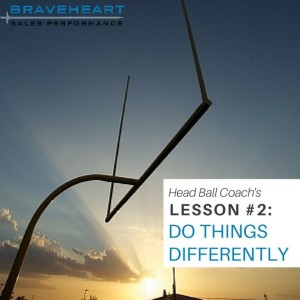Co-op Funds Move Online Reaching More Gen Z, Millennials
by Laurie Sullivan , Staff Writer @lauriesullivan, April 18, 2017
As the Gen Z generation contributes more dollars to online shopping, brands and retailers are beginning to rethink how they will allocate co-op funds. Some are moving budgets online to support search, mobile and other digital media, and away from traditional media such as television, radio and newspapers.
By 2020, today’s 14-to-19 year olds will become the largest consumer group, making up 40% of the U.S., Europe and BRIC countries, and 10% in the rest of the world, estimates one consultancy.
Findings from Criteo’s “Apparel Trend Report: Reconciling the Tech with the Tactile” released Tuesday analyzes shifts in shopper behavior in the Apparel & Accessories retail category, everything from personalization and search to email and mobile.
The study identifies a shift of traditional co-op budgets to online and attributes the move to the millennial and Gen Z generations, which are less likely influenced by traditional media-television, newspapers and radio. The behavior is changing the way marketers think about co-op funds.
One example of the shift in attribution and reporting comes from return on ad spend, Criteo explains. It pools shopper data for retail partners; paid search ads are bought based on response, then extrapolated to actual sales or return on ad spend (ROAS). For example, one retailer spent $10,000 to advertise underwear across the Criteo network and sold 50,000 products directly attributable to that buy.
Co-op budgets for sponsored products had an impact on brand sites retail sites during the holidays because consumers tend to search on both before deciding where to purchase.
The co-op program is part of Criteo’s advertising strategy, gained with the acquisition of HookLogic in October 2016. The technology focusing on site search launched in June of that same year.
Brands bidding on ads through the program are matched in real-time with retailers that sell their products to share in the cost of media buys. Brands only pay when consumers click on their products. Traffic leads to the product page on the corresponding retailer’s Web site or mobile app.
The strategy also seems to increase mobile use. During weekends in December, mobile phone purchases on retail Web sites tracked by Criteo accounted for nearly one-third of all purchases. Tablets, which consumers once embraced to view fashion, are now mostly used for young children and older adults to stream media.
With younger consumers such as millennials and Gen Z driving apparel purchasing, Criteo continues to track higher ecommerce purchases on mobile devices. In fact, the average item prices on mobile devices are now $33.91, slightly higher than those on desktops at $30.08.
In the third quarter of 2016, the average order value for Apparel & Accessories was $95.21, with an average unit price of $31.25. While the cart size remained about average, the unit size grew by 42%.
Another interesting trend in the report points to higher purchases on Sunday. Two of the highest online sales days during the 2016 holidays occurred on Sunday, Nov. 13, with the average cart adding up to $126 in average unit price of $36. The next highest day was Dec. 7.
The analysis suggests the Sunday peaks were a result of consumers browsing in stores on Saturday, but made purchases online the following day, Sunday.
MediaPost.com: Search Marketing Daily
(48)








